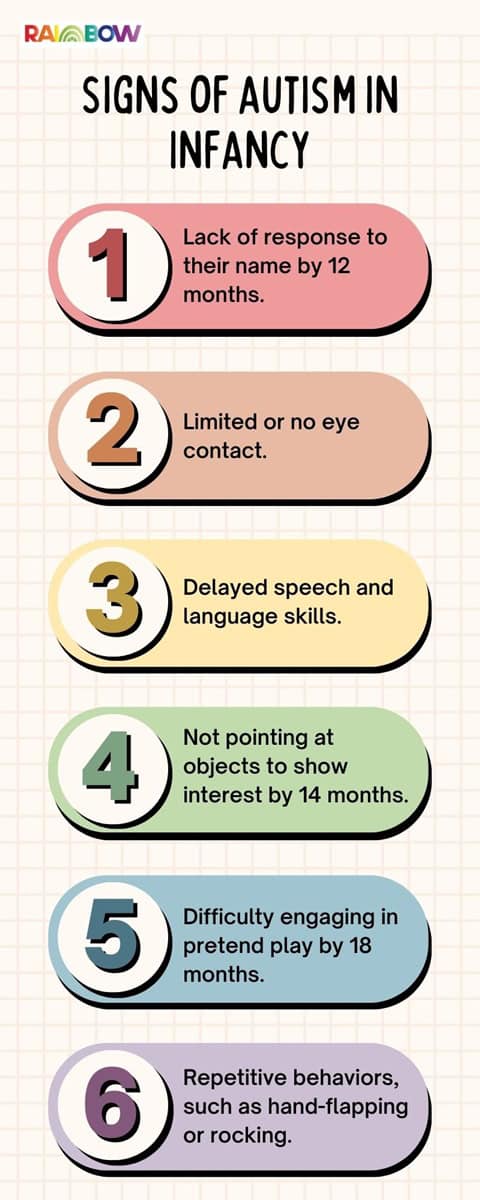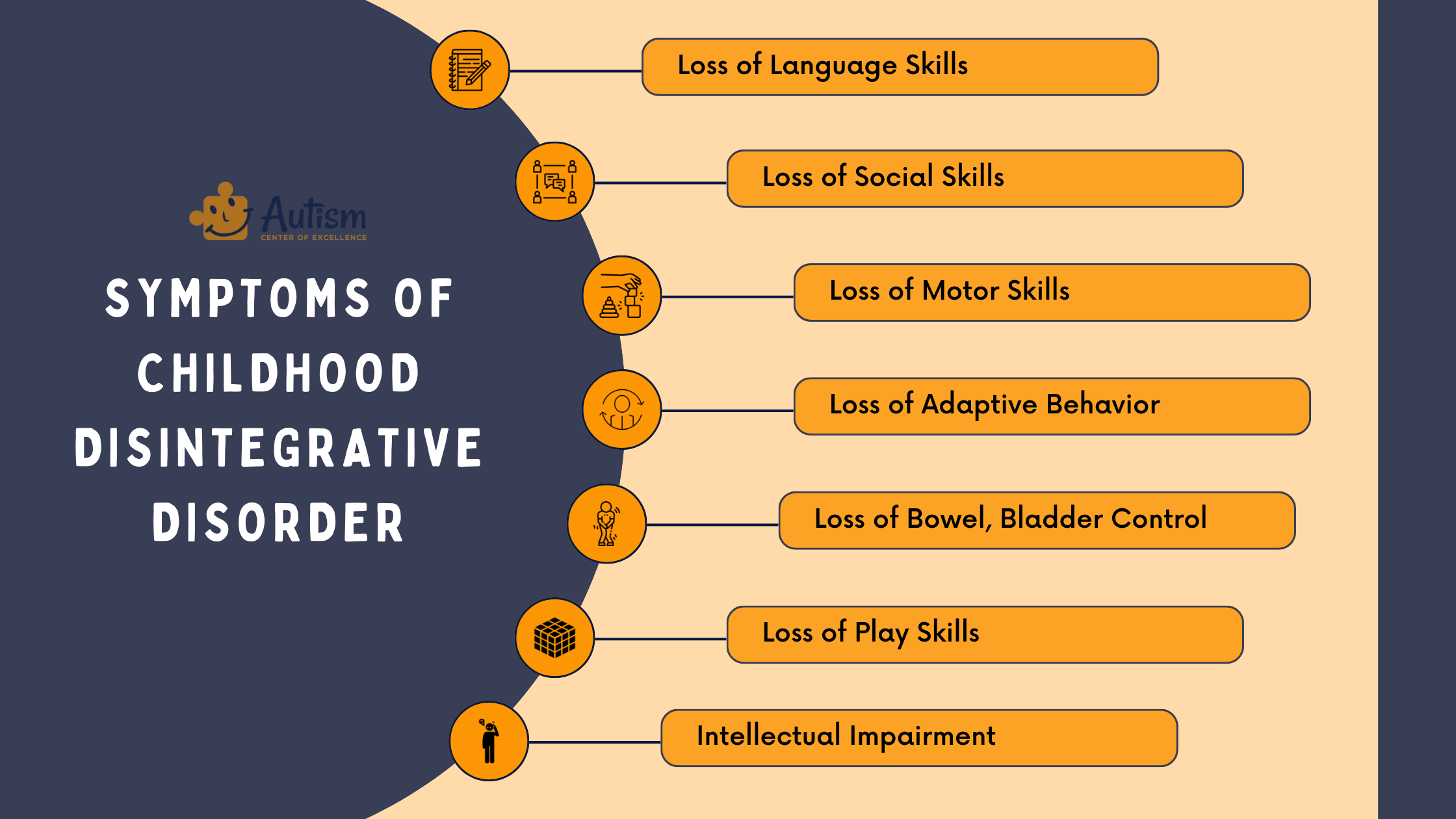How the right Autism Therapist can improve your day-to-day structure for those managing ASD
How the right Autism Therapist can improve your day-to-day structure for those managing ASD
Blog Article
Recognizing the Effect of Behavioral Autism on Daily Life and Social Communications
You may not understand exactly how deeply behavior autism affects life and social communications. Individuals on the spectrum often browse a globe full of interaction hurdles and sensory overload. These challenges can cause frustration and isolation, affecting their connections and overall wellness. Understanding these subtleties is important for fostering encouraging settings. What strategies can we apply to create even more inclusive spaces and purposeful links? The solutions may shock you.
Specifying Behavior Autism and Its Characteristics
Behavior autism, typically referred to as autism spectrum condition (ASD), includes a variety of problems identified by difficulties in social interaction, interaction, and repetitive behaviors. You might notice that individuals with ASD usually struggle to analyze social signs, which can lead to misconceptions in conversations. They might discover it hard to establish eye call or engage in tiny talk, making social situations really feel frustrating.
Communication difficulties can manifest in different ways, from delayed speech advancement to a preference for utilizing fewer words. Repeated habits, such as hand-flapping or shaking, can offer as coping systems to manage tension or sensory overload. These attributes can greatly affect day-to-day life, making it necessary for you to recognize and support those with ASD. By recognizing these qualities, you can cultivate an atmosphere that promotes approval and encourages effective interaction, assisting people with autism prosper in their daily interactions.
The Spectrum of Autism: Understanding Irregularity in Behavior
Autism spectrum condition (ASD) isn't a one-size-fits-all medical diagnosis; it varies commonly amongst people. You may encounter people that are very verbal and engage easily in discussions, while others may choose solitary tasks or interact non-verbally.
Additionally, the way people with ASD react to sensory input can vary substantially; some could be overwhelmed by intense lights or loud sounds, whereas others prosper in boosting environments. The spectrum likewise consists of differences in social communications; some people might battle to translate social cues, while others navigate social setups with family member convenience. Comprehending this variability is necessary, as it helps you value everyone's distinct experience and dressmaker support to their specific demands, fostering a more inclusive environment for every person.
Communication Obstacles Encountered by Individuals With Autism
When you interact with people on the autism range, you might see their one-of-a-kind interaction difficulties. They often encounter troubles with both nonverbal and verbal hints, which can influence their social communications. Comprehending these obstacles is necessary for cultivating far better connections and assistance.

Verbal Interaction Difficulties
Numerous individuals on the autism range experience verbal interaction difficulties that can substantially impact their daily interactions. You may discover it challenging to reveal your ideas, sensations, or requires clearly. This can cause aggravation for both you and those around you, as misconceptions occur. You might battle with initiating conversations, keeping a subject, or understanding nuances in speech. Typically, you could like utilizing straightforward language or repetitive expressions, which can restrict your capability to involve in much deeper conversations. Your tone, speed, or quantity might not line up with social assumptions, creating others to misunderstand your intents. Acknowledging these challenges can help you and your assistance network create methods to improve interaction and foster far better connections with others in your everyday life.
Nonverbal Communication Barriers
Verbal communication isn't the only obstacle people on the autism spectrum face; nonverbal communication barriers can be simply as substantial. These difficulties can lead to misunderstandings or false impressions of social hints, making interactions really feel frustrating or confusing. By resolving nonverbal communication, you can find strategies to boost your social experiences and improve your total quality of life.
Social Interaction Impacts
Social interactions can typically really feel frustrating due to the special interaction difficulties encountered by people with autism. Acknowledging these challenges can help you locate methods to improve communication, such as practicing social abilities in secure setups or utilizing aesthetic aids. Comprehending your demands permits you to navigate social interactions with greater self-confidence and simplicity.
Social Interaction and Connection Building in Autism
While structure connections can be challenging for people with autism, understanding their unique point of views and communication styles can cultivate meaningful links. You might observe that several people on the spectrum choose straight communication and might deal with social signs or small talk. By being simple in your interactions, you can aid develop a setting where they feel comfy.
Make the effort to listen and observe just how they share themselves. This insight can lead you in guiding discussions better. Participating in shared interests can additionally work as a bridge to much deeper links. Whether it's a leisure activity, a preferred program, or a common enthusiasm, these usual strings can open up doors to friendship.
Daily Life Routine: Browsing Obstacles and Strategies
Navigating day-to-day life routines can be especially testing for individuals with autism, specifically when unexpected modifications take place. To browse these obstacles, consider carrying out visual schedules or lists.
Developing a regimen that includes sensory breaks can additionally be advantageous. This helps create an understanding environment.
Finally, technique mindfulness methods to handle stress and anxiety. Easy breathing workouts or grounding techniques can make a significant distinction. By including these his response strategies, you can enhance your daily regimen and decrease disturbances, making life really feel extra manageable.
Staminas and Abilities of Individuals on the Autism Range
Comprehending day-to-day live regimens is simply one element of the autism experience. Many individuals on the autism range have impressive toughness and capacities that set them apart. You might discover that your attention to you could check here detail is outstanding, permitting you to master jobs that call for precision and emphasis. Your capability to assume outside package can cause ingenious remedies in various scenarios.
Moreover, your memory abilities often beam, specifically in areas of passion. Autism Behavioral Therapy. This propensity for keeping details can make you an important resource in areas like scientific research, art, or modern technology. You may likewise display strong aesthetic thinking, enabling you to imagine complicated principles and fix problems creatively
Additionally, your distinct point of view on the world can foster compassion and understanding in others, improving social interactions. Welcoming these toughness not just enhances your self-confidence however likewise aids others value the varied skills you offer the table.
Developing Inclusive Settings for People With Autism
Developing comprehensive environments for individuals with autism begins with designing sensory-friendly areas that satisfy their distinct needs. You can likewise foster opportunities for social communication, assisting to build relationships and connections. By making these changes, you'll add to a more inviting environment for every person.
Designing Sensory-Friendly Spaces
While designing sensory-friendly areas, it's vital to show on the special needs of people with autism. Beginning by choosing calming colors and soft lighting to develop a relaxing atmosphere. Integrate quiet zones where individuals can charge and retreat when overwhelmed. You'll wish to minimize loud sounds and distractions, utilizing soundproof products or white sound machines to aid keep peace. Think about responsive components like soft textiles or fidget-friendly items that can supply comfort. Ascertain that areas are adaptable, permitting very easy rearrangement to accommodate various activities. Ultimately, include visual schedules or clear signs to assist individuals browse the room confidently. By attentively integrating these aspects, you can create an inviting ambience that supports sensory demands and advertises overall wellness.
Advertising Social Communication Opportunities
Creating sensory-friendly areas not only addresses specific comfort yet also establishes the phase for significant social interactions among individuals with autism. To promote these interactions, develop inclusive atmospheres that welcome involvement. Arrange organized activities, like art courses or group video games, that urge cooperation without overwhelming sensory input. Usage visual help and clear interaction to aid every person engage easily. Motivate peer mentoring, matching individuals with autism with helpful peers that can guide them through social situations. Additionally, consider organizing normal area occasions that commemorate neurodiversity, cultivating approval and understanding amongst all participants. By implementing these methods, you he has a good point can improve social chances, helping people with autism build friendships and reinforce their social skills in a safe, welcoming atmosphere.

Often Asked Concerns
Just How Can Friends Assistance Someone With Behavioral Autism?
You can sustain a close friend with behavioral autism by holding your horses, paying attention proactively, and valuing their boundaries. Participate in activities they delight in, communicate openly, and develop a comfortable environment where they really feel valued and understood.
What Resources Are Readily Available for Moms And Dads of Kid With Autism?
You can discover various resources for moms and dads of youngsters with autism, including assistance groups, instructional websites, and regional neighborhood services. Getting in touch with various other parents can additionally provide useful understandings and shared experiences to aid browse challenges.
Can Behavioral Autism Adjustment Over Time?

Yes, behavior autism can change gradually. You may see shifts in interaction, social abilities, and habits as your child grows. Early treatment and assistance often play vital functions in these developing modifications.
Just How Do Sensory Level Of Sensitivities Impact Day-to-day Live?
Sensory sensitivities can make daily experiences overwhelming. You could battle with loud noises or intense lights, bring about anxiety or avoidance. Discovering environments that fit your requirements can considerably boost your convenience and overall day-to-day live.
What Prevail Misconceptions About Behavioral Autism?
You could believe behavioral autism only impacts interaction abilities, yet it's more complex. Many presume individuals lack empathy or intelligence, which isn't true. Understanding these misunderstandings aids foster acceptance and assistance for those on the spectrum.
Behavioral autism, frequently referred to as autism range disorder (ASD), incorporates a variety of problems characterized by difficulties in social interaction, interaction, and repetitive habits.Social interactions can usually feel frustrating due to the special communication obstacles encountered by individuals with autism.Designing sensory-friendly spaces not only addresses individual convenience but additionally establishes the phase for significant social communications amongst individuals with autism. Urge peer mentoring, matching individuals with autism with encouraging peers who can lead them with social scenarios. By applying these methods, you can boost social opportunities, helping individuals with autism build friendships and enhance their social skills in a secure, inviting environment.
Report this page